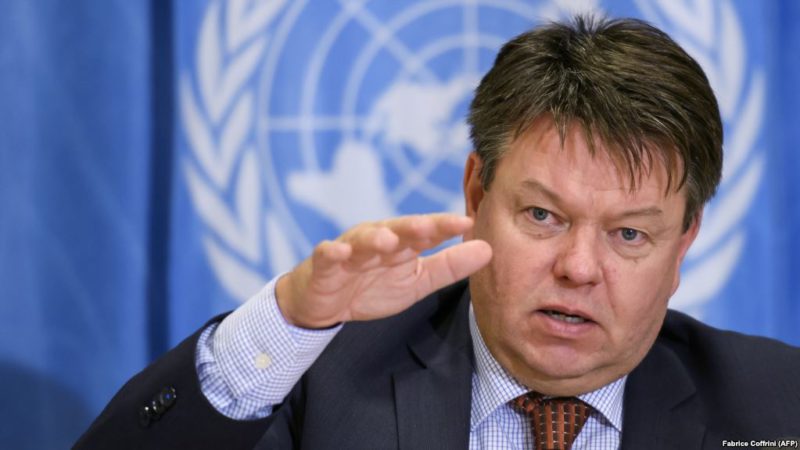Extreme weather and climate change impacts including mega-drought, extreme rainfall, land and marine heatwaves and glacier melt are affecting the Latin America and the Caribbean region, from the Amazon to the Andes and from Pacific and Atlantic Ocean waters to the snowy depths of Patagonia.

The World Meteorological Organisation (WMO) State of the Climate in Latin America and the Caribbean 2021 highlighted the far-reaching repercussions for ecosystems, food and water security, human health and poverty.
Deforestation rates were the highest since 2009, in a blow for both the environment and climate change mitigation. Andean glaciers have lost more than 30 percent of their area in less than 50 years. The “Central Chile Mega drought” is the longest in at least 1,000 years.
“The report shows that hydrometeorological hazards, including droughts, heatwaves, cold waves, tropical cyclones and floods, have unfortunately led to the loss of hundreds of lives, severe damages to crop production and infrastructure and human displacement,” said WMO Secretary-General, Prof. Petteri Taalas.
“Increasing sea-level rise and ocean warming are expected to continue to affect coastal livelihoods, tourism, health, food, energy, and water security, particularly in small islands and Central American countries. For many Andean cities, melting glaciers represent the loss of a significant source of freshwater currently used for domestic use, irrigation, and hydroelectric power.
“In South America, the continued degradation of the Amazon rain forest is still being highlighted as a major concern for the region but also for global climate, considering the role of the forest in the carbon cycle,” said Prof. Taalas.
The report was released during a WMO Regional Technical Conference for South American countries, organised by WMO in Cartagena, Colombia, on Friday, July 22, 2022.This is the second year that WMO has produced this annual regional report, which provides decision-makers more localised information to inform action. It is accompanied by an interactive Story Map.
“Worsening climate change and the compounding effects of the COVID-19 pandemic have not only impacted the biodiversity of the region, but have also stalled decades of progress against poverty, food insecurity and the reduction of inequality in the region,” said Dr. Mario Cimoli of Economic Commission for Latin America and the Caribbean (ECLAC).
“Addressing such interconnected challenges and their associated impacts will require an interconnected effort. No matter how it is taken, action must be informed by science. The State of the Climate in Latin America and the Caribbean report, the second of its kind, is a critical source of science-based information for climate policy and decision-making.
“ECLAC will continue to play an active role in this dissemination of weather and climate information to foster more partnerships, improved climate services and stronger climate policy across Latin America and the Caribbean,” he said.
